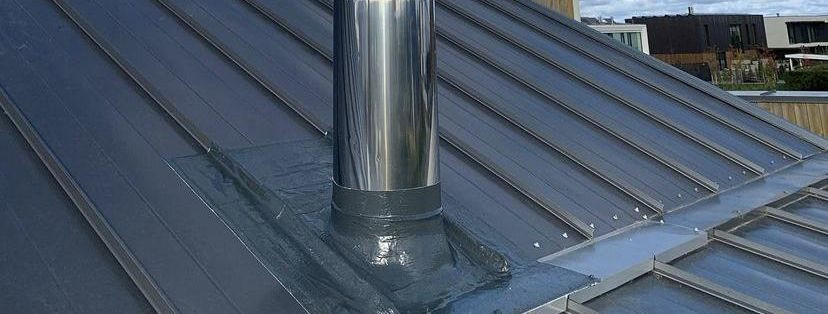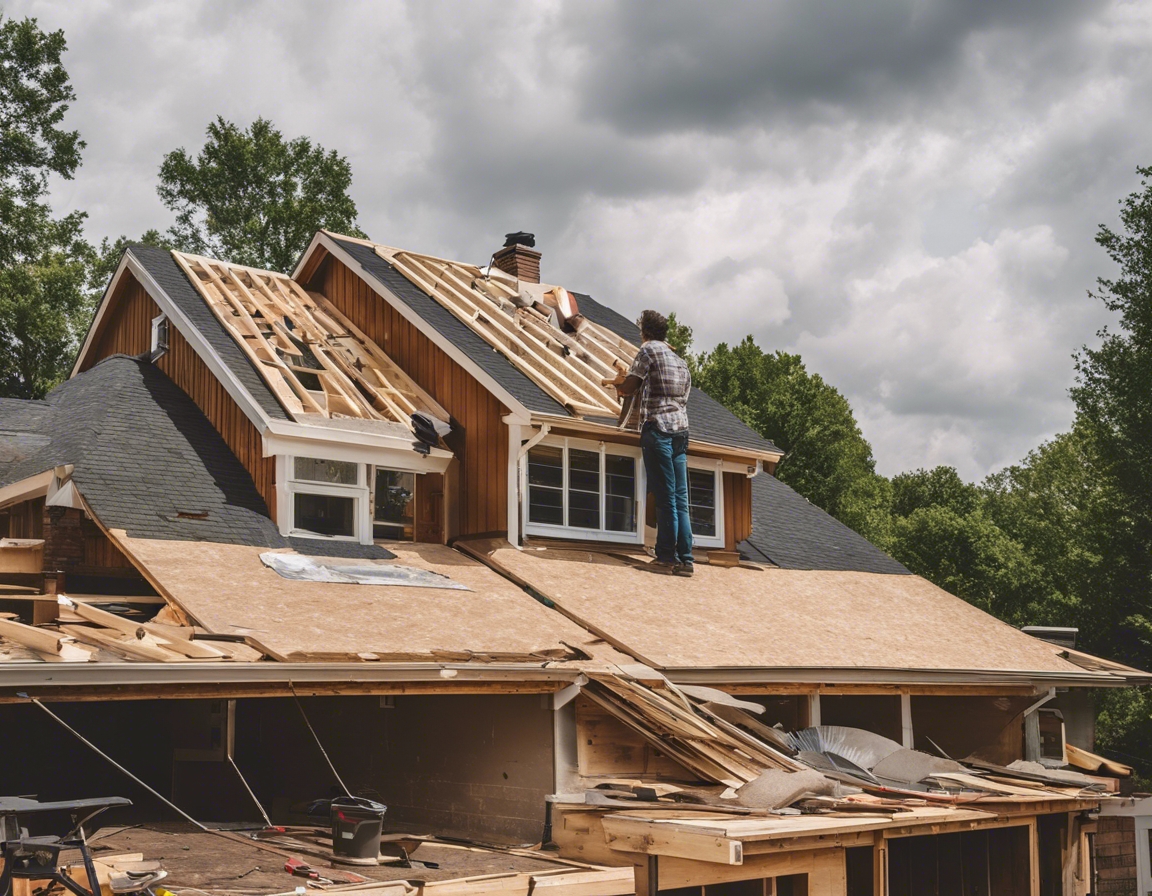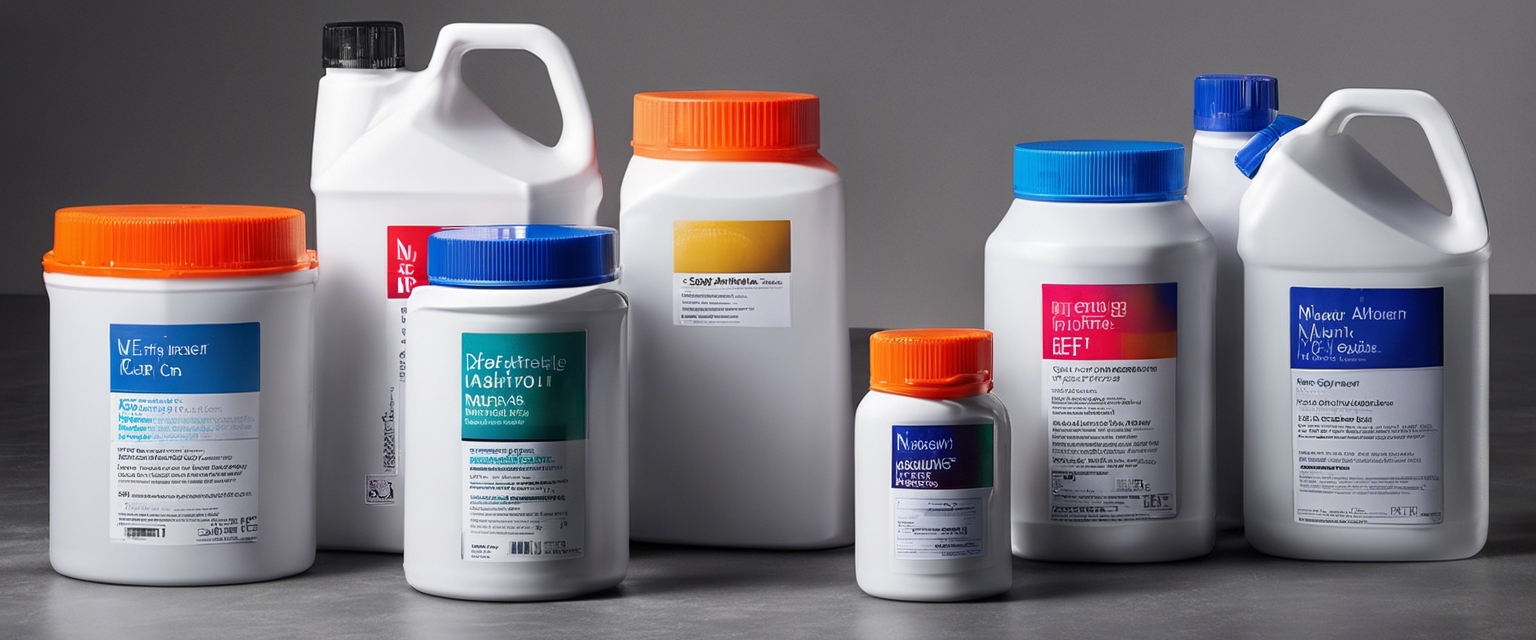The benefits of liquid plastic for roof sealing
Roof sealing is a critical component in the maintenance and longevity of any building. With the advent of liquid plastic technologies, the industry has seen a significant shift in the materials and methods used to protect and preserve roofing systems. Liquid plastic, also known as liquid roofing, offers a seamless, durable, and flexible coating that can extend the life of a roof by years.
Superior Weather Resistance
Liquid plastic roof coatings are designed to withstand extreme weather conditions, from scorching heat to freezing temperatures. This resilience makes it an ideal solution for regions that experience harsh and unpredictable weather patterns.
One of the primary benefits of liquid plastic is its superior waterproofing properties. The coating creates a watertight barrier that prevents leaks and water damage, which is essential for maintaining the structural integrity of a building.
Enhanced Durability and Longevity
Liquid plastic coatings are highly resistant to wear and tear, which means they do not degrade as quickly as traditional roofing materials. This resistance to degradation helps in extending the roof's lifespan significantly.
The ultraviolet radiation from the sun can cause significant damage to roofs over time. Liquid plastic coatings come with UV stabilizers that protect the roof from the sun's harmful rays, further enhancing the roof's durability.
Cost-Effectiveness of Liquid Plastic
Due to its durability, liquid plastic roofing requires less maintenance over its lifespan compared to traditional roofing materials. This reduction in maintenance not only saves time but also reduces long-term costs.
While the initial cost of liquid plastic roofing might be higher than some traditional materials, the long-term savings due to its longevity and reduced maintenance needs make it a cost-effective investment for property owners.
Energy Efficiency and Insulation Properties
Liquid plastic roof coatings are often reflective, which means they can deflect sunlight and reduce heat absorption. This thermal reflectivity can lead to significant energy savings, especially in warmer climates.
By creating a seamless barrier, liquid plastic also enhances the insulation of a building. This improved insulation can help in maintaining a consistent indoor temperature, further reducing energy costs.
Versatility and Aesthetic Appeal
Liquid plastic can be applied to a wide range of roof designs and materials, making it a versatile option for many different types of buildings.
Unlike traditional roofing materials, liquid plastic can be customized with a variety of colors and finishes to match the aesthetic preferences of the property owner.
Ease of Application and Maintenance
The application of liquid plastic is straightforward and can be completed relatively quickly, minimizing the disruption to the daily activities within the building.
Once applied, liquid plastic roofing requires minimal maintenance, which is a significant advantage for property managers and owners who want to minimize upkeep efforts.
Environmental Considerations
Many liquid plastic products are environmentally friendly, containing low levels of volatile organic compounds (VOCs) and being made from sustainable materials.
By improving energy efficiency and using eco-friendly materials, liquid plastic roofing contributes to green building practices and can help buildings achieve certifications such as LEED.






Comments (0)